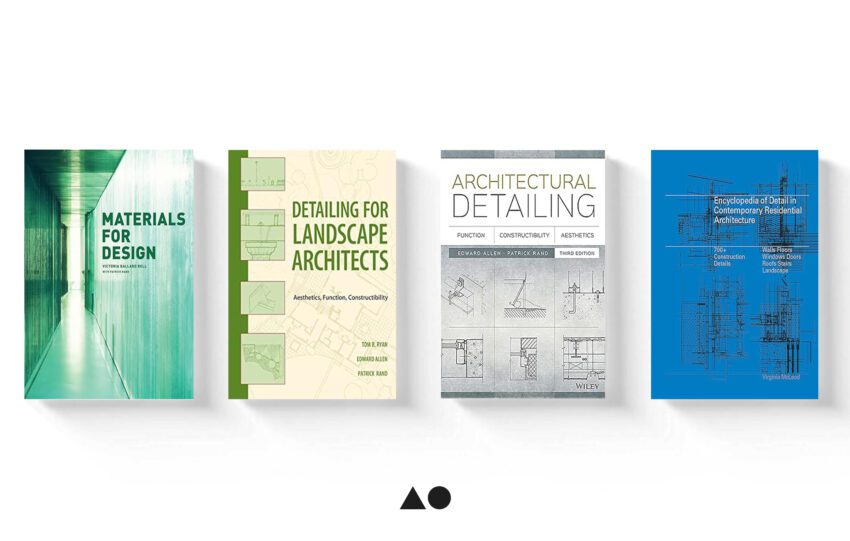
As the field of architecture continues to evolve, staying updated with the latest construction techniques and design details is crucial for professionals and students alike. Whether you’re looking to refine your detailing skills or seeking inspiration for your next project, this curated list of the best architectural construction and detail books will be valuable. These books cover a wide range of topics, from fundamental principles of construction to innovative design strategies, making them essential additions to any architect’s library. For a broader selection of influential architecture books, be sure to check out The 20 Best Architecture Books Every Architect Must Read on ArchEyes.
Architectural Detailing: Function, Constructibility, Aesthetics
by Edward Allen and Patrick Rand
“Architectural Detailing: Function, Constructibility, Aesthetics” is a foundational text for understanding the art and science of architectural detailing. The authors, Edward Allen and Patrick Rand emphasize three primary aspects of detailing: function, constructibility, and aesthetics. This book covers the principles that guide the design of architectural details, such as how details should work, how they can be constructed, and how they can enhance the overall appearance of a building. The book is structured to be practical and accessible, providing numerous examples and illustrations that show real-world applications of the principles discussed. It is an indispensable resource for students and practicing architects who want to create functional, buildable, and visually appealing buildings.
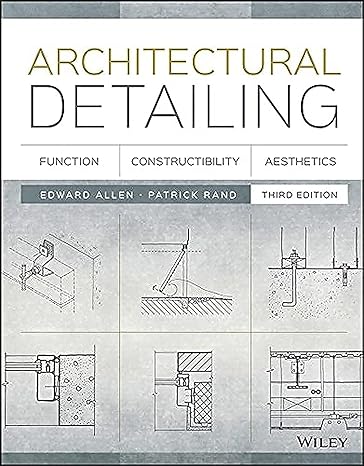
Building Construction Illustrated
by Francis D.K. Ching

Francis D.K. Ching’s “Building Construction Illustrated” is a widely acclaimed resource that has educated generations of architects and builders. Known for its clear and precise illustrations, this book covers all aspects of building construction, from foundations and structural systems to interior finishes and environmental control systems. Ching’s hand-drawn diagrams and detailed explanations make complex concepts easy to understand, making this book an essential reference for architecture students and professionals. Each chapter delves into a different aspect of construction, providing in-depth knowledge crucial for designing and understanding buildings. The book is updated regularly to reflect the latest building codes, materials, and construction technologies.
The Architect’s Studio Companion: Rules of Thumb for Preliminary Design
by Edward Allen and Joseph Iano
“The Architect’s Studio Companion: Rules of Thumb for Preliminary Design” by Edward Allen and Joseph Iano is a practical guide that provides architects with essential guidelines and rules of thumb to follow during the preliminary design phase of a project. This book covers various topics, including structural systems, environmental control systems, and building codes. It is designed to be a quick reference for architects to inform their design decisions early in the project. The book includes numerous charts, tables, and illustrations that make finding and applying the information accessible. It is an invaluable tool for architects who must make informed decisions quickly and efficiently during the initial design stages.
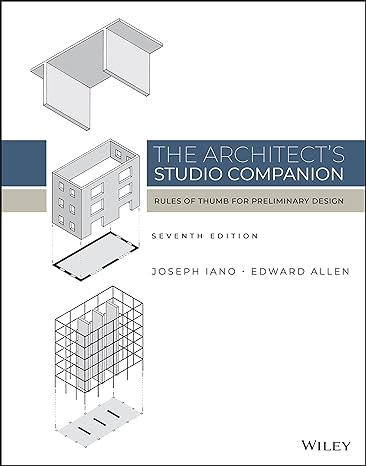
Manual of Section
by Paul Lewis, Marc Tsurumaki, and David J. Lewis
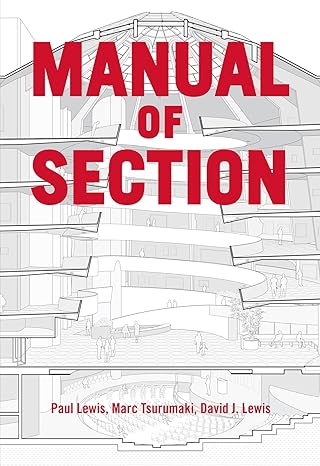
“Manual of Section” by Paul Lewis, Marc Tsurumaki, and David J. Lewis is a groundbreaking book focusing on the architectural section, an essential tool for understanding the relationship between a building’s form and its structure. The authors explore various sectional strategies, from the straightforward to the complex, and illustrate them with detailed drawings and diagrams. This book includes case studies of notable buildings worldwide, showing how different architects use the section to solve design challenges and create innovative spaces. “Manual of Section” is an essential reference for architects who want to deepen their understanding of how buildings are put together and how different design choices can impact a building’s functionality and aesthetic.
Constructing Architecture: Materials, Processes, Structures
by Andrea Deplazes
“Constructing Architecture: Materials, Processes, Structures” by Andrea Deplazes is a comprehensive guide to the materials and processes involved in building construction. This book covers a wide range of topics, from traditional construction techniques to the latest innovations in building technology. It is organized into sections that focus on different types of materials, such as concrete, steel, and wood, as well as construction processes and structural systems. Each section includes detailed descriptions and illustrations of how these materials and processes are used in real-world projects. The book also includes case studies of contemporary buildings showcasing innovative materials and construction techniques. “Constructing Architecture” is an essential resource for architects who want to stay up-to-date with the latest developments in construction and design.
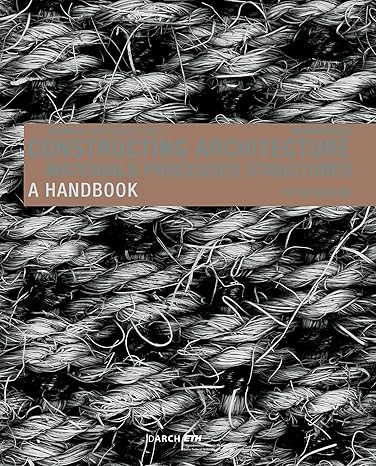
Architectural Graphic Standards
by the American Institute of Architects (AIA)

“Architectural Graphic Standards” is a definitive reference work for architectural professionals, offering comprehensive information on architectural design and construction standards and practices. Compiled by the American Institute of Architects (AIA), this book features detailed drawings, diagrams, and technical information covering various topics, from building codes and regulations to material properties and construction techniques. It is a critical resource for ensuring that architectural projects meet professional and regulatory standards. The latest editions of this book incorporate modern building technologies and sustainable design practices, making it an indispensable tool for contemporary architects.
Encyclopedia of Detail in Contemporary Residential Architect
by Virginia McLeod
“Encyclopedia of Detail in Contemporary Residential Architect” by Virginia McLeod presents an in-depth look at the detailing of contemporary residential projects. This book features a collection of detailed case studies of houses worldwide, showcasing innovative design solutions and high-quality architectural detailing. Each case study is accompanied by detailed drawings, photographs, and descriptions that explain the design intent and construction process. This book is a valuable resource for architects and designers looking for inspiration and technical insights into residential design, providing practical examples of integrating aesthetic and functional considerations into detailed construction drawings.
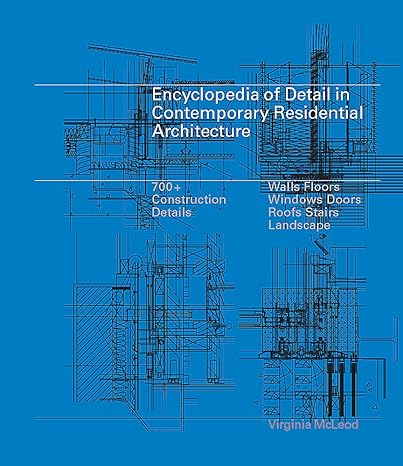
The Details of Modern Architecture
by Edward R. Ford

Edward R. Ford’s “The Details of Modern Architecture” is a two-volume series that delves into the technical and aesthetic aspects of modern architectural detailing. The first volume covers the period from 1890 to 1932, while the second spans 1928 to 1988. These books explore the development of architectural details through detailed analyses of significant modern buildings. Ford examines the work of renowned architects, providing insights into their design philosophies and detailing techniques. The books are richly illustrated with photographs and drawings, making them an essential reference for understanding the evolution of modern architectural detailing and its impact on contemporary practice.
Detail in Contemporary Timber Architecture
by Virginia McLeod
“Detail in Contemporary Timber Architecture” by Virginia McLeod highlights the use of timber in modern architectural design. This book features a collection of case studies that showcase innovative timber construction techniques and detailing. Each project is presented with detailed drawings, photographs, and descriptions that illustrate the design process and construction methods. The book covers a wide range of timber applications, from structural elements to finishes and joinery. It is an invaluable resource for architects and designers who want to explore the possibilities of timber in contemporary architecture and learn from successful examples of timber detailing.

Detail in Contemporary Glass Architecture
by Virginia McLeod
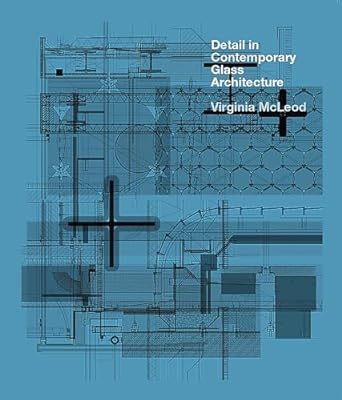
“Detail in Contemporary Glass Architecture” by Virginia McLeod explores the use of glass in modern architectural design. This book presents a selection of case studies that demonstrate innovative glass construction techniques and detailing. Each project is documented with detailed drawings, photographs, and descriptions that explain the design and construction process. The book covers various glass applications, including curtain walls, structural glazing, and glass facades. It provides architects and designers with a comprehensive understanding of how to work with glass in contemporary architecture, offering inspiration and technical knowledge to create striking and functional glass buildings.
Detail in Contemporary Concrete Architecture
by David Phillips and Megumi Yamashita
“Detail in Contemporary Concrete Architecture” by David Phillips and Megumi Yamashita is a detailed exploration of concrete as a construction material. The book presents a selection of contemporary projects that showcase innovative concrete uses in architectural design. Each case study is accompanied by detailed drawings, photographs, and descriptions that explain the design and construction process. The book covers a wide range of concrete applications, from structural elements to finishes and decorative details. It is an invaluable resource for architects and designers who want to explore the possibilities of concrete in contemporary architecture and learn from successful examples of concrete detailing.

Detail in Contemporary Landscape Architecture
by Virginia McLeod
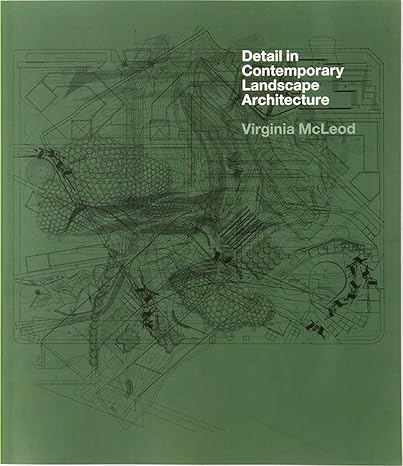
“Detail in Contemporary Landscape Architecture” by Virginia McLeod focuses on the detailing of contemporary landscape projects. The book features a collection of case studies that showcase innovative landscape design solutions and high-quality detailing. Each case study is accompanied by detailed drawings, photographs, and descriptions that explain the design intent and construction process. The book covers a wide range of landscape elements, from hardscape and softscape to water features and site furnishings. It is a valuable resource for landscape architects and designers looking for inspiration and technical insights into contemporary landscape design and detailing.
Detail in Contemporary Hotel Design
by Drew Plunkett and Olga Reid
“Detail in Contemporary Hotel Design” by Drew Plunkett and Olga Reid focuses on the detailing of contemporary hotel projects. The book features a collection of case studies that showcase innovative hotel design solutions and high-quality detailing. Each case study is accompanied by detailed drawings, photographs, and descriptions that explain the design intent and construction process. The book covers a wide range of hotel elements, from guest rooms and public spaces to back-of-house areas and exterior design. It is a valuable resource for architects and designers looking for inspiration and technical insights into contemporary hotel design and detailing.

Materials for Design
by Victoria Ballard Bell and Patrick Rand

“Materials for Design” by Victoria Ballard Bell and Patrick Rand offers an in-depth look at the materials used in contemporary architecture. The book is organized into sections covering different materials, such as concrete, steel, wood, and glass. Each section includes detailed descriptions, case studies, and technical information that provide insights into the properties and applications of these materials. The book also explores innovative uses of materials in contemporary architecture, showcasing projects that push the boundaries of material design. It is an invaluable resource for architects and designers who want to explore the possibilities of materials in architectural design.
Detailing for Landscape Architects: Aesthetics, Function, Constructibility
by Thomas R. Ryan, Edward Allen, and Patrick J. Rand
“Detailing for Landscape Architects: Aesthetics, Function, Constructibility” by Thomas R. Ryan, Edward Allen, and Patrick J. Rand is a valuable resource for landscape architects that covers the principles of detailing in landscape design. The book is organized into sections that cover different aspects of landscape detailing, such as hardscape, softscape, water features, and site furnishings. Each section includes detailed descriptions, drawings, and photographs that provide practical guidance for designing and constructing landscape details. The book also covers critical topics such as material selection, sustainability, and maintenance considerations. It is an essential reference for landscape architects and designers who want to create functional, buildable, and aesthetically pleasing landscape details.
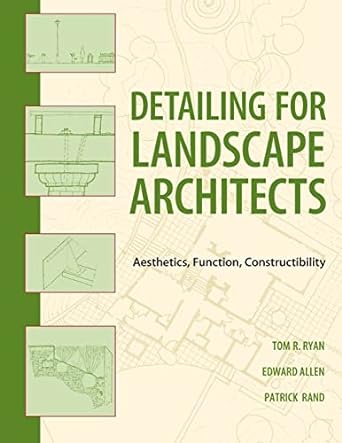
Explore More Essential Reads:
If you enjoyed this list, you might also be interested in exploring our curated selections of must-read urban design and architecture books. Check out our articles on The Best Urban Design Books Every Urbanist Must Read and The 20 Best Architecture Books Every Architect Must Read.
Disclosure: ArchEyes participates in the Amazon Services LLC Associates Program, an affiliate advertising program designed to provide a means for sites to earn advertising fees by advertising and linking to Amazon. This means we receive a commission on items purchased through our Amazon links. However, please rest assured that this does not influence our editorial integrity. We are committed to providing honest and unbiased content, and the items we recommend are chosen independently by our editorial team.

